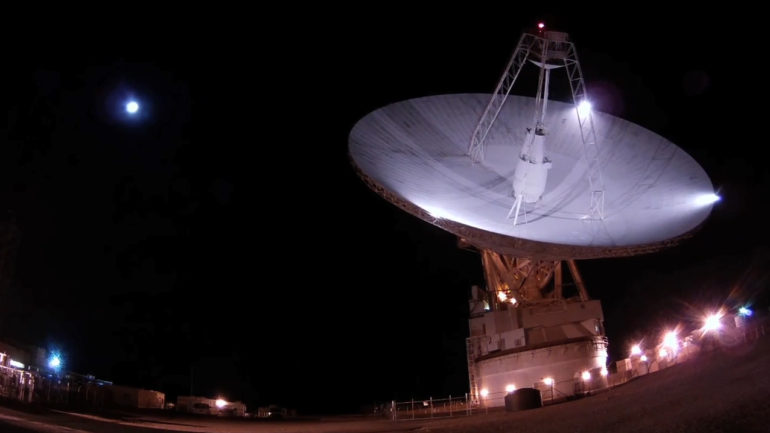It never ceases to amaze me what NASA can discover about our planet and the universe. For instance, most recently NASA discovered a spacecraft orbiting the moon. I guess this isn’t some monumental find, but the way they did this is interesting.
Discovering the lost spacecraft
In Pasadena, California, at the Jet Propulsion Laboratory, scientists used microwaves to send a beam to the moon. This is not your ordinary microwave beam, mind you. This one was utilized operations in NASA’s Goldstone Deep Communications Complex. Two spacecraft were found using this process, one dead and one alive at almost 240,000 miles from the earth.
The living craft was the Lunar Reconaissance Orbitor which has been in operation since 2009. The other craft was an Indian vessel, called the Chandarayaan-1 which has been missing since August of 2009 after it’s departure almost a year earlier. And this is what we wanted to locate. Finding the Indian spacecraft is what NASA set out to do in the first place.
How They Did It
There were many stats the team had to know in order to track down the renegade spacecraft. Information such as orbital period and altitude.
Microwave beams were fired 160 kilometers above the moon’s north pole in 2016 which cause the spacecraft’s radar signature to appear twice. And it hasn’t changed its orbit around the moon that much since 2008, only at about a 180 degree shift.
Continuous observations are being made using the Arecibo Observatory in Puerto Rico. These techniques will serve useful in future exploration in space.









